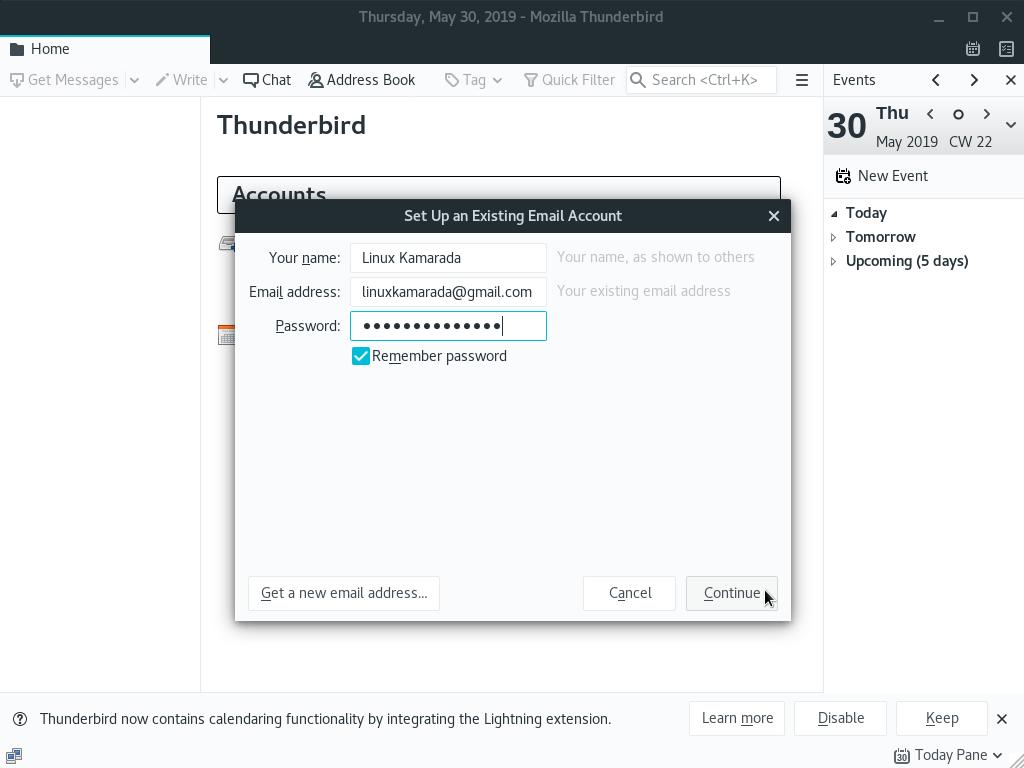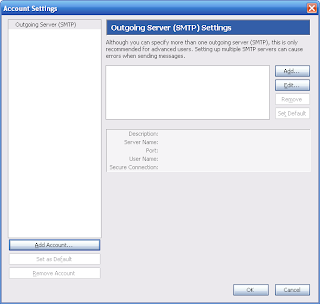

:max_bytes(150000):strip_icc()/thunderbird-menu-import-2928f2935fc94db6a82424c76b0f9ece.jpg)
Once you're fetching your email via IMAP with Thunderbird (here's Google's tutorial on how to do that), there are two settings you'll want to set manually: specifically, where Thunderbird should store sent messages and drafts. Set up Thunderbird correctly for Gmail IMAPįirst things first. Plus, there's a handy portable version that can run from your thumb drive, too.

You work on a Mac? PC? Linux desktop? Unlike Mail.app or the various flavors of Outlook, Thunderbird just works everywhere. Like Firefox, a wide variety of optional Thunderbird extensions can add features and functionality other clients only dream about. We're naturally biased towards open source software here at Lifehacker, but there are good reasons why Thunderbird is the best desktop client choice out there for Gmail IMAP access: Why Thunderbird (and not Mail or Outlook)? Think of IMAP as connecting to a remote server and working with the files saved there. Think of POP as copying files from a server to your computer and working with them on your hard drive. Any rules or mail filters you set up on one machine with a POP client have to be set up and reprocessed with a fresh download on all your other machines. With POP access, if you move a message to a folder or star it in your desktop client, that change is not reflected in Gmail and your messages get out of sync. But you cannot download messages that have already been archived and labeled in Gmail via POP, and your client has to poll the server to get new messages. With POP you can download once and disconnect from the server, which is its one advantage. POP downloads and copies new messages to your local inbox. IMAP maintains a constant connection with your server and updates real-time. Unlike POP, with IMAP it's as if you're browsing a network drive of files on a remote server with an open, live connection to that server whenever you open a folder or view a message, it's displayed from that server live. Internet Message Access Protocol ( Wikipedia page) enables email programs to read messages stored on the server.
:max_bytes(150000):strip_icc()/ScreenShot2019-12-03at12.12.51PM-2a195206460f4a9bb50ca03ce320e55b.jpg)
What Gmail IMAP Means for You (and Your iPhone)Īs reported late last night, some Gmail users are seeing IMAP support appear in the settings area… Read more What's IMAP?


 0 kommentar(er)
0 kommentar(er)
